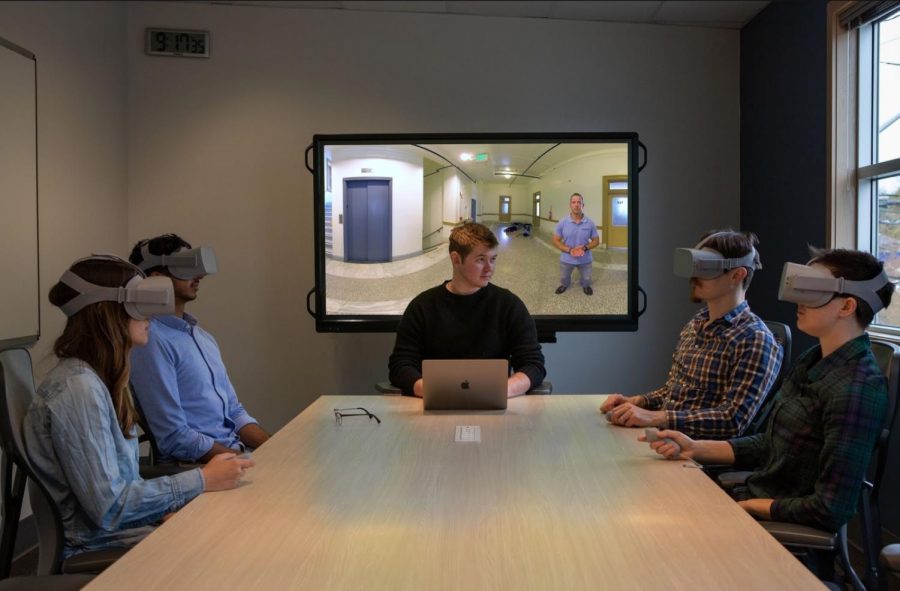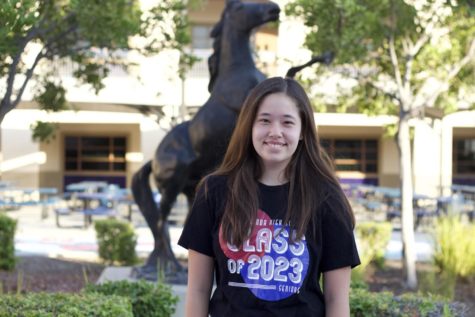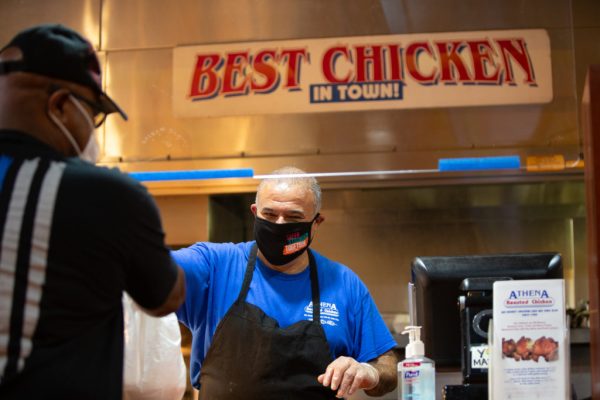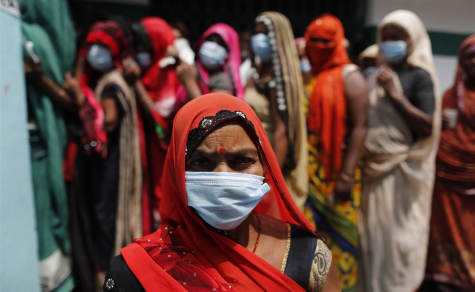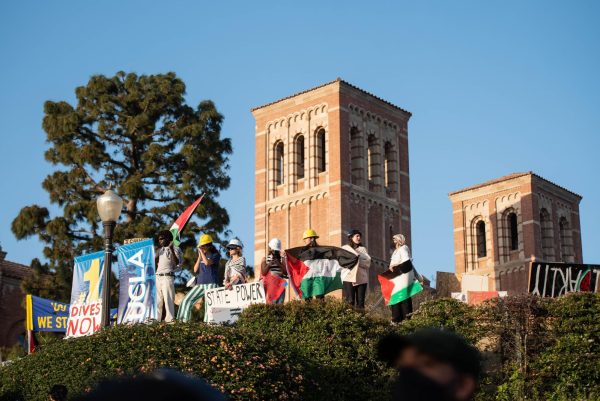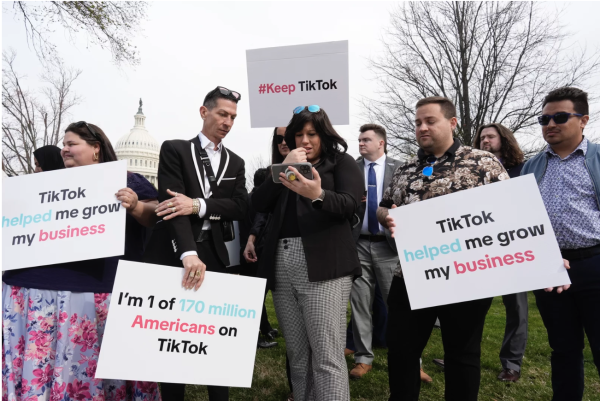New Use for VR Technology: Training for Mass Shootings
Pixvana Employees train for their Active Shooter Training with VR technology.
October 22, 2019
Virtual reality is often associated with gaming, but there are many uses for virtual reality outside of gaming. Recently two companies, Pixvana and Alexo, have created a way for people to train on how to react in the circumstance of a mass shooting. This new training platform has already been used by large companies to prepare their employees for these situations.
FBI experts believe that the technology is likely to be very beneficial. People who are in the vicinity of an active shooting have to make critical decisions in an instant, and if they are given the proper training, they are more likely to make better decisions in the moment. First responders are normally able to get to the scene within a matter of minutes, but for civilians on the scene, these are the minutes that they are the least prepared for.
Even though the VR training system allows people to know how to react in the event of a shooting, it could also train the shooters themselves. CNN Business states that 90% of shootings are committed by previous students or employees which shows how it is possible that a potential shooter may find out how to react.
The use of virtual reality for mass shooting training is a controversial topic. Not only is there debate if it is safe because of the potential of training a killer, there are also concerns about how the simulation might serve as a trigger to some individuals. When interviewed by CNN Business, psychologist Jillian Peterson stated, “If you’re suicidal, and you’re in crisis, and you have a trauma background, and you have access to weapons, this sort of rehearsal could be problematic.” Virtual reality makes people feel as if they are really on the scene of this shooting, so if they have any of the aforementioned conditions, they may be easily triggered.
In order for people to get the most out of their training, they can’t be overwhelmed by fear. In the simulation, the shooter is rendered in red with a white outline. There are also indicators around the office scene to help guide the simulation user on what items may be useful or possible escape routes. To keep things realistic, the simulation uses realistic sounds, surroundings, and scenarios.
Currently, the simulation is only being used on adult office workers, but there is a possibility that one day the simulation would be offered to students. Even then, the simulation would have to be voluntary, especially since many adults are triggered by the simulation. Megan Chou (9) states, “I think students would want to use virtual reality because it is easier to understand what you have to do in the moment.” Many students would want to know how to react in the unlikely event of a school shooting, so if the choice of training through virtual reality, they may feel more safe if they know what to do.
VR simulation trainings are something that is likely to be seen in the workplace of the future. With new innovations, civilians can be more prepared for the unlikely event of a shooting. If the simulation is used as it is intended, there is hope that trained civilians will be able to react in ways that would save their life if they are faced with an active shooting.

























